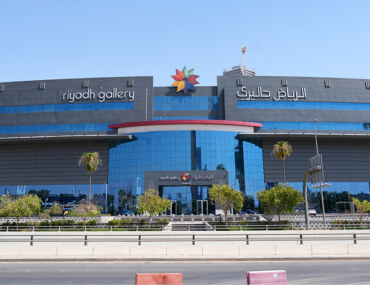King Abdullah bin Abdulaziz International Airport serves as the main aviation hub for Saudi Arabia’s southwestern Jizan Province. Named after the late King Abdullah, this crucial gateway is undergoing a transformative expansion set to reshape regional connectivity and unlock new economic opportunities for the Kingdom’s southern frontier.
Strategic Location and Current Role
Situated just 3 kilometers from Jizan’s city center and 20 feet above sea level on the Red Sea coast, the airport holds a vital position for connecting Saudi Arabia to regional markets and industrial zones – including the strategic Saudi Aramco refinery complex nearby.
At present, the airport operates a single 3,050-meter runway, handling both domestic and international traffic. Airlines such as Saudia, Flynas, and Flyadeal link Jizan to major cities like Riyadh, Jeddah, and Dammam, while international routes to Cairo, Dubai, and Sharjah are operated by carriers including Air Arabia and Air Cairo.

From Regional Runway to International Hub
Established in 1978 as a regional airfield, the airport reached a milestone on April 9, 2015, when the General Authority of Civil Aviation (GACA) inaugurated its first international flight from Cairo International Airport, welcoming over 100 passengers. By 2019, it handled over 22,700 flights and served around 2.8 million passengers, underlining its growing strategic importance.
USD 667 Million Vision: The New Airport
A new era is taking shape with the construction of an entirely modern facility – part of a SAR 2.5 billion (USD 667 million) infrastructure investment, among the largest for Saudi Arabia’s regional airports. The new terminal is designed to handle 3.6 million passengers annually, with capacity scalable up to 6.3 million as demand grows.
Design Highlights
Covering an impressive 48 million square meters, the project’s standout features include:
- A 55,000-square-meter terminal with a split-level layout: arrivals at ground level and departures above.
- 10 passenger bridges connecting 5 departure gates.
- 39 supporting buildings designed for modular expansion.
- An innovative vaulted concrete structure that minimizes interior columns for flexible, open spaces.
The terminal’s sweeping arched roofline, designed by One Works, blends aesthetic appeal with efficiency, creating a spacious, passenger-friendly environment.

Progress on Track
During a site visit, Minister of Transport Saleh bin Nasser Al-Jasser reiterated the project’s role in driving regional growth and emphasized timely delivery to align with Saudi Arabia’s Vision 2030 roadmap.
KSA’s Vision 2030
The upgraded airport is more than just an infrastructure milestone – it directly contributes to key pillars of Vision 2030:
- Economic Diversification: By boosting non-oil sectors like tourism, trade, and logistics.
- Regional Connectivity: Strengthening Jizan’s position as a southern link to African markets and surrounding Gulf economies.
- Community Impact: Enhancing quality of life through better transport options, more business opportunities, and significant job creation across tourism, logistics, and hospitality sectors.
Operational Standards
The current airport maintains a 90% on-time performance rate, among the highest in Saudi Arabia, and consistently meets regulatory service benchmarks. The new facility will build on this with state-of-the-art air traffic management, automated baggage systems, and sustainable design elements to optimize passenger experience.
What Lies Ahead
More than just runways and terminals, the new King Abdullah bin Abdulaziz International Airport stands as a catalyst for the Southwest’s transformation. With scalable infrastructure, potential cargo hub capabilities, and seamless integration with the Kingdom’s expanding transport grid, the airport is poised to anchor Jizan’s rise as a dynamic gateway linking Saudi Arabia to wider regional and global markets.





